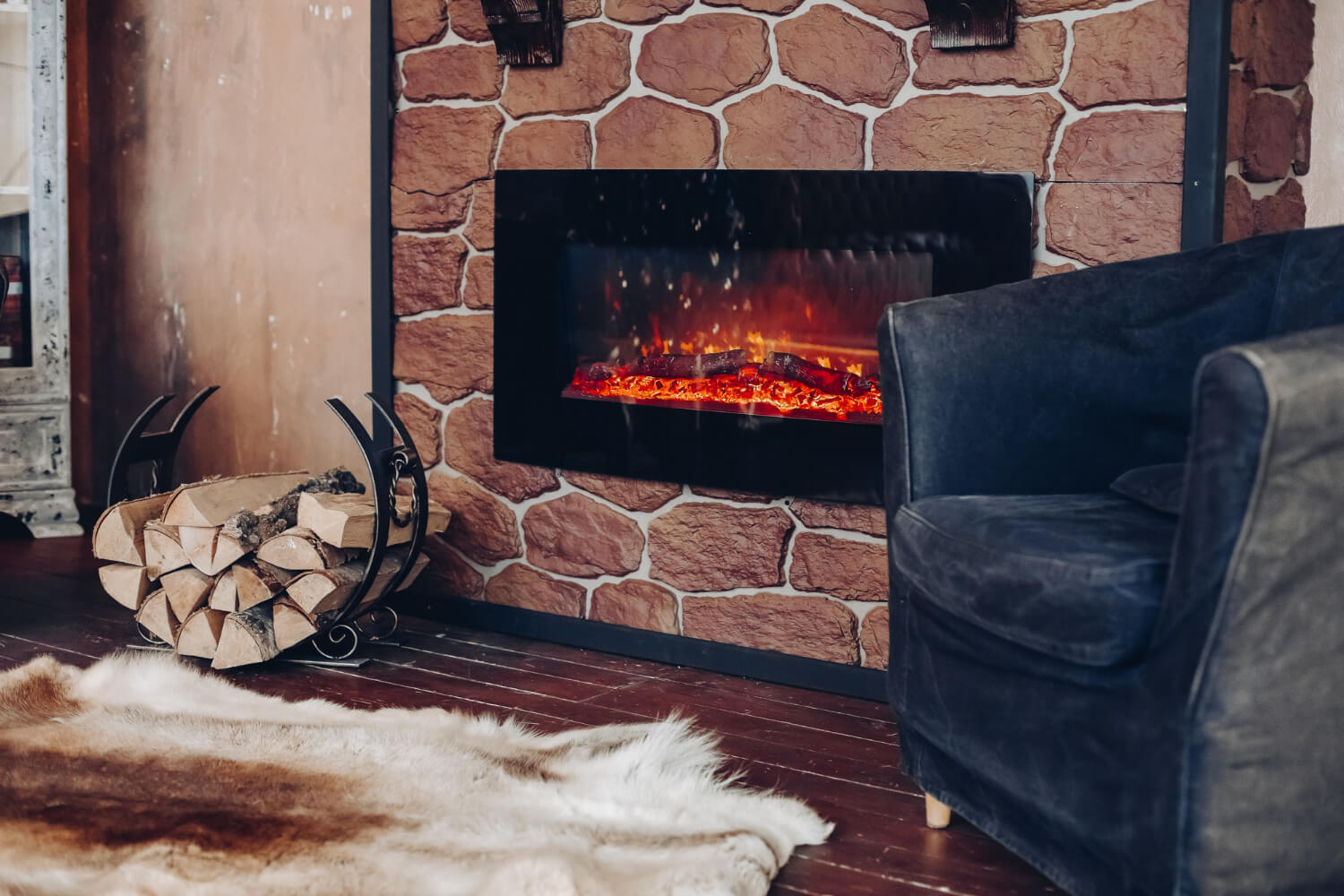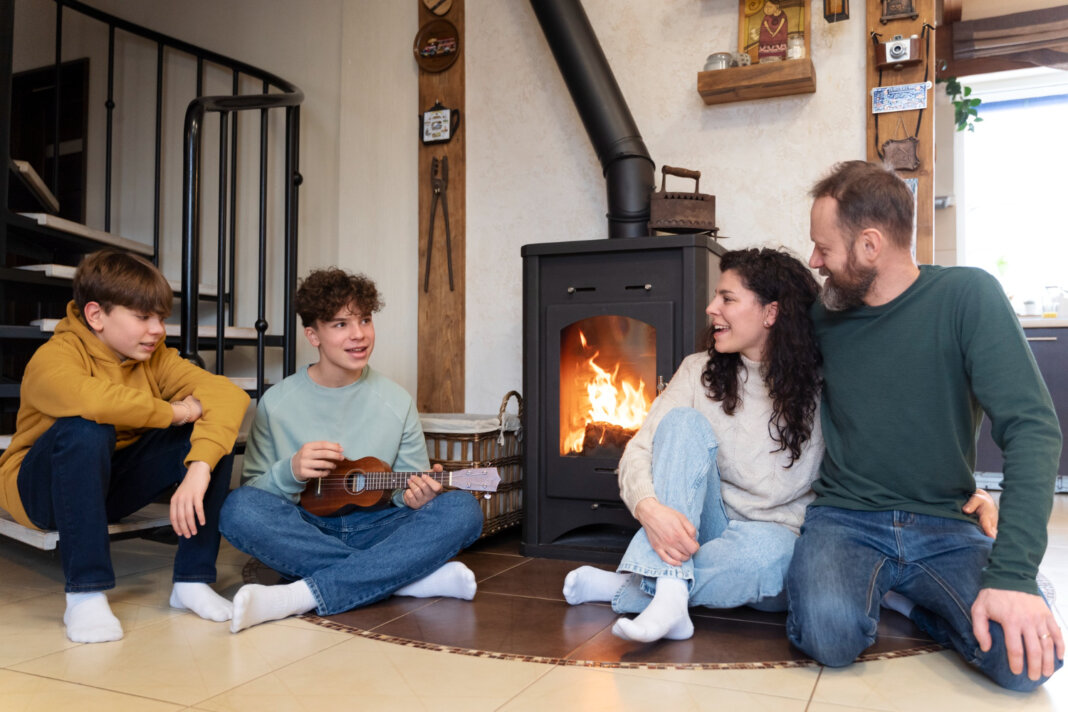Introduction
Have you ever pondered the substantial evolution of our humble heating systems? Can you imagine a time when our ancestors sought warmth from mere dancing flames in the great outdoors? Exactly how did we journey from cave fires to the sleek, efficient heating systems we know and enjoy today? Welcome to a fascinating plunge into the world of slow combustion fireplaces, the anecdotal product of centuries of innovation, and undoubtedly the ‘warm heart’ of many contemporary homes.
In this comprehensive encounter, we will explore the transforming landscape of heating systems, and home in specifically on the growing popularity of slow combustion fireplaces. We aim to demystify the complex mechanisms of these inventions, delve into their rich history and assess the pros and cons in relation to their use. Like an old friend sharing tales of past times, let us journey together through the warmth-filled chapters of heating evolution.
Before we venture forth, it helps to briefly decipher what slow combustion fireplaces are. They are wood-burning stoves that work on the principle of complete combustion. Essentially, they take advantage of secondary combustion air to burn off the gases produced during the first stage of combustion. Tall order? Don’t worry. As we tread further into our exploration, we will lift the veils off these intricate mechanics in the simplest way possible.

The Mesmerizing History of Heating
From the earliest hearths of our ancestors to the refined slow combustion fireplaces of today, the evolution of heating has mirrored the human journey through innovation and discovery. Primitive humans initially relied on open fires as a source of warmth. As civilizations grew and architectural designs became more intricate, the hearth gradually found its way indoors, forming the central hub of many ancient homes.
Come the 17th Century, the invention of the enclosed stove caused a stir in the heating scene, reducing smoke within the home and making heating more efficient. Yet, it was with the arrival of slow combustion technology in the 18th Century that the game of heating truly changed. The use of iron stoves designed with a redirected flue path allowed for the achievement of higher temperatures, thus improving combustion efficiency. This journey of heating technology from medieval times to the current age is truly a testament to human adaption and ingenuity.
How Do Slow Combustion Fireplaces Work?
Simply put, slow combustion fireplaces make use of secondary air intake to enhance the complete combustion of fuel, hence their name. Following the initial stage of combustion where energy is released from the wood via heat, gases produced from this process are diverted into a secondary combustion chamber. Here, they are subjected to further heat, leading to secondary combustion.
The result? A phenomenal increase in heat output and reduction in emissions, a promising win-win for both comfort and the environment. The beauty of these systems lies in their ability to precisely control the levels of combustion, thus optimizing efficiency. Such a process undoubtedly solidifies the slow combustion fireplace as the culmination of centuries of experimentation, technological progress, and ingenuity.
Embracing Modernity: Why are they Trending?
In assessing why slow combustion fireplaces have become a hot commodity in many contemporary homes, one cannot overlook their remarkable energy efficiency. By harnessing the complete combustion of wood, these fireplaces unlock more heat per log than traditional fireplaces. With energy prices ceaselessly buzzing on the rise, there’s no denying the appeal presented by such high-efficiency heating systems.
Moreover, slow combustion fireplaces cater to a larger environmentally conscious audience. By minimizing harmful emissions through secondary combustion, they achieve cleaner burns that reduce the environmental footprint of your heating. Coupled with their timeless design and the undeniable charm of a crackling fire, these fireplaces become a worthy investment for those seeking to celebrate tradition amidst a chorus of modernity.
The Pros and Cons of Slow Combustion Fireplaces
Like any product, slow combustion fireplaces have their set of advantages and disadvantages. On the pro side, they offer superior energy efficiency, cleaner combustion, and extended burning times. In addition, they create a cozy aesthetic, become a focal point of interest in a room, and provide heat even during power failures.
On the downside, they require regular maintenance to optimize their performance. This includes cleaning the flue and firebox, and stocking dry, seasoned wood. Furthermore, their initial installation costs can be significant, making them a sizable investment. However, with their energy efficiency, elimination of electricity dependence, and the timeless appeal of their design, they arguably pay off in the long run.
Conclusion
In tracing the path of heating systems through history, we encounter the beautiful story of human evolution and adaptation. From the earliest fire pits to the sophisticated slow combustion fireplaces of today, each innovation stands as a testament to our relentless pursuit of comfort and efficiency.
There’s no denying that slow combustion fireplaces are a captivating blend of tradition and modernity. As embodiments of advanced technical prowess, they offer significant benefits in terms of energy efficiency, emission control, and ambiance creation. While they do carry drawbacks, they certainly hold a distinguished position in the evolution of heating and represent a significant stride towards a warmer, cleaner future.
Inspired to cozy up by the crackling sounds of a slow combustion fireplace? Whether you are a nostalgic individual seeking a touch of tradition or a modern homemaker looking for sustainable, efficient heating solutions, slow combustion fireplaces are sure to ignite warmth in every sense.








